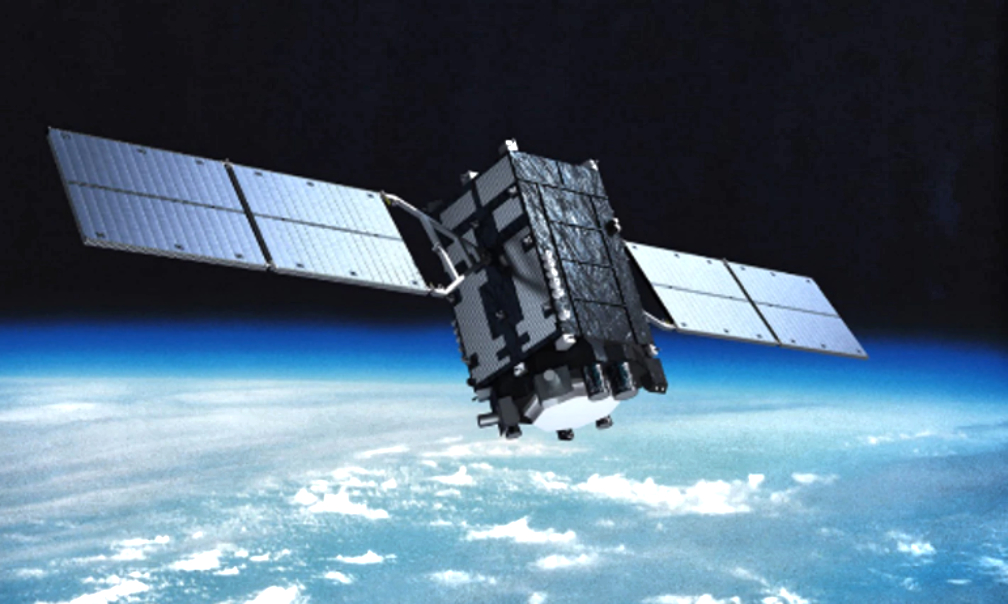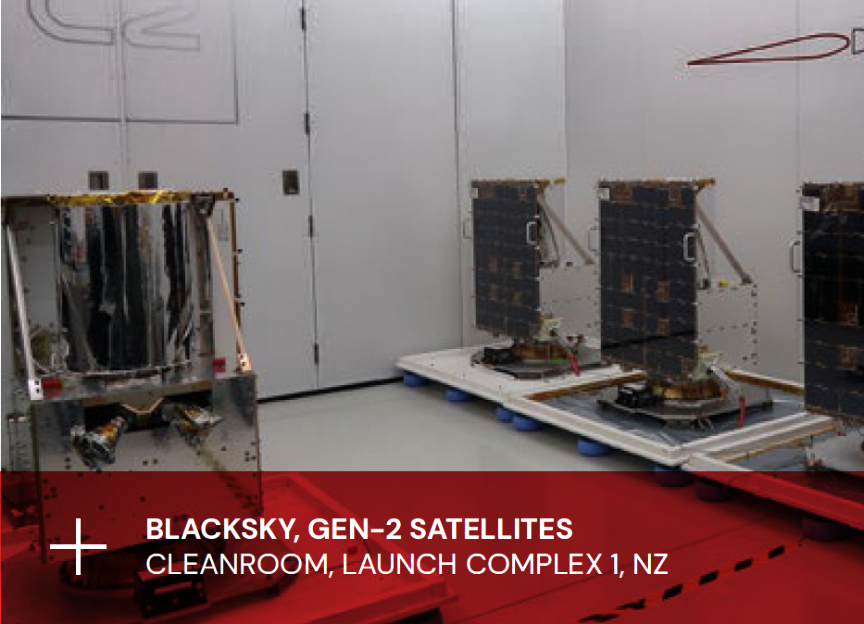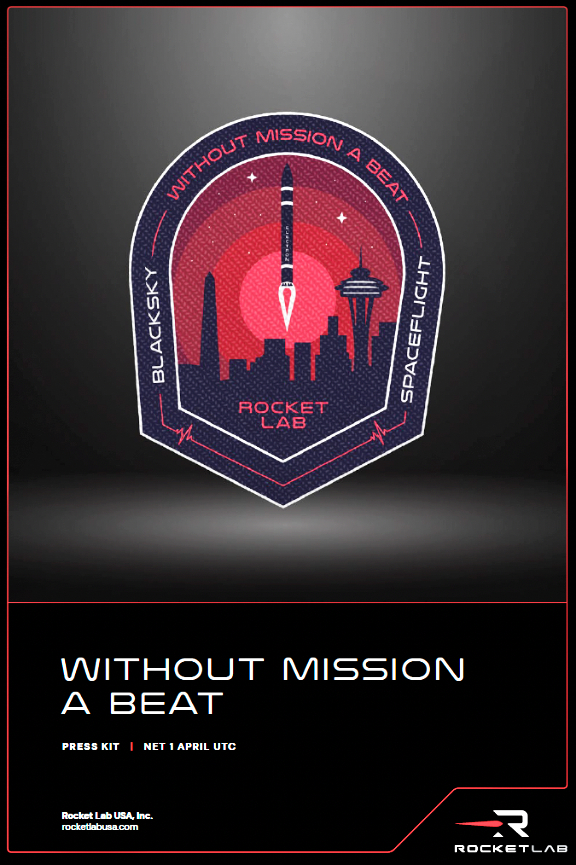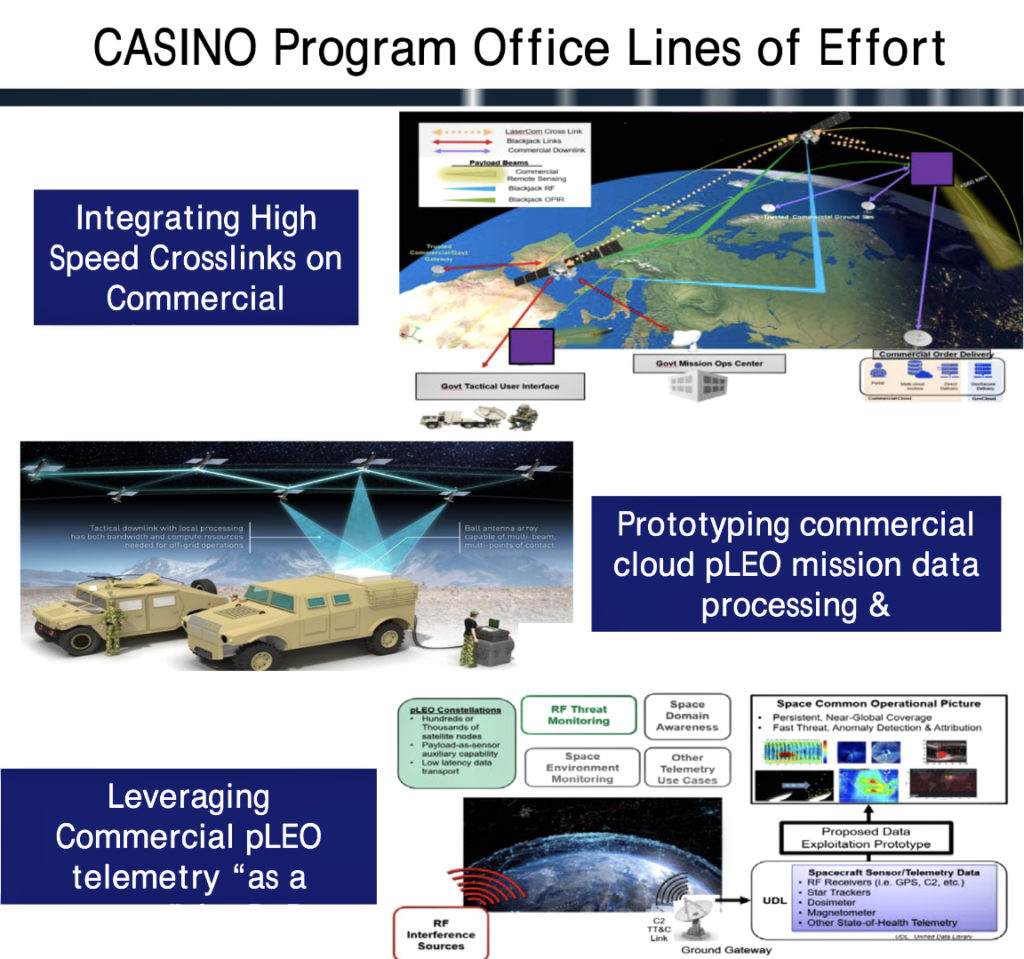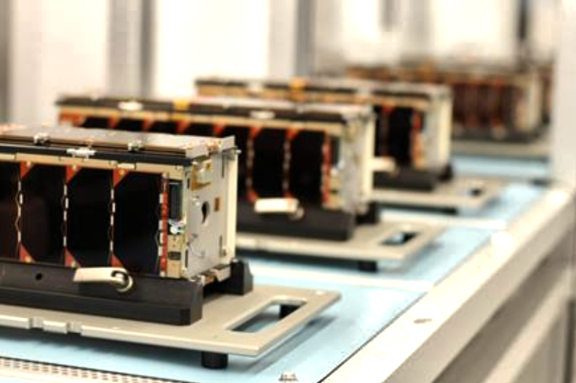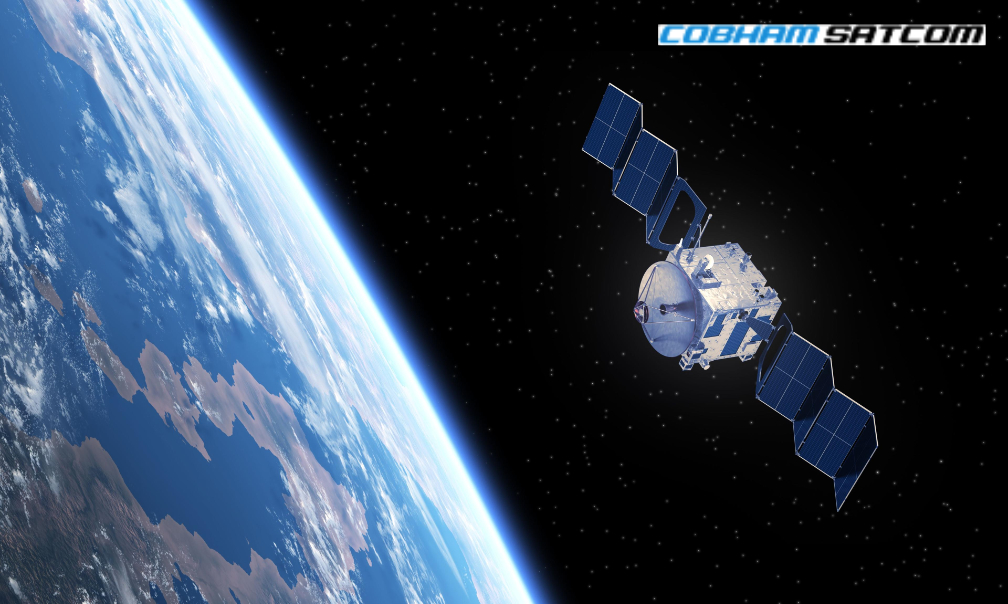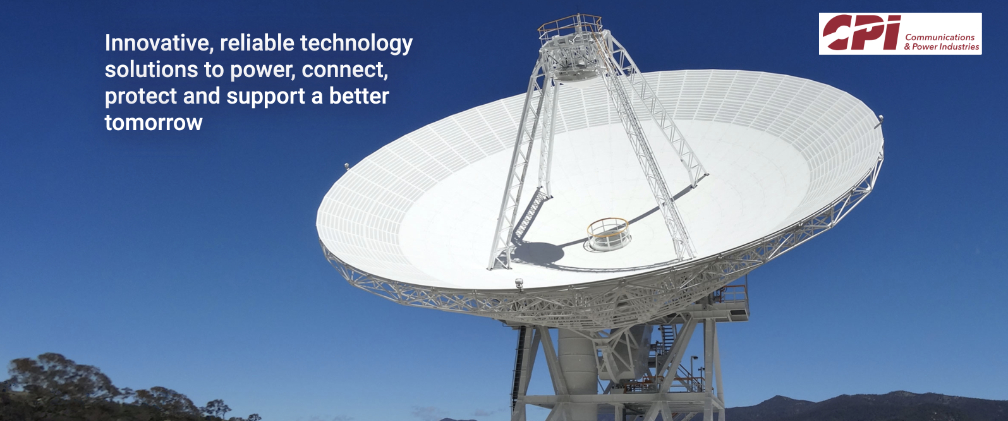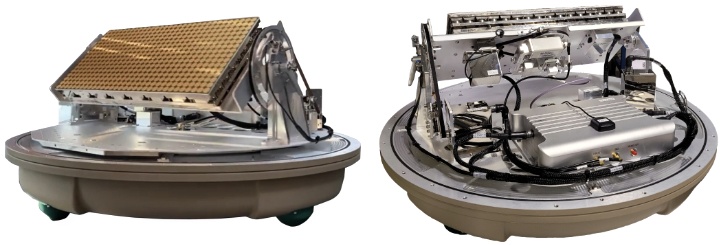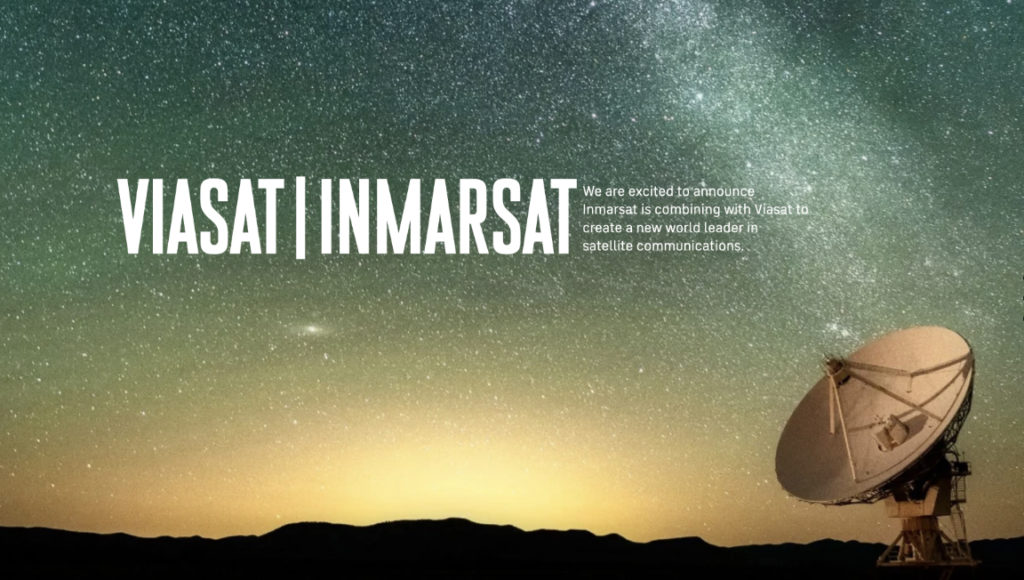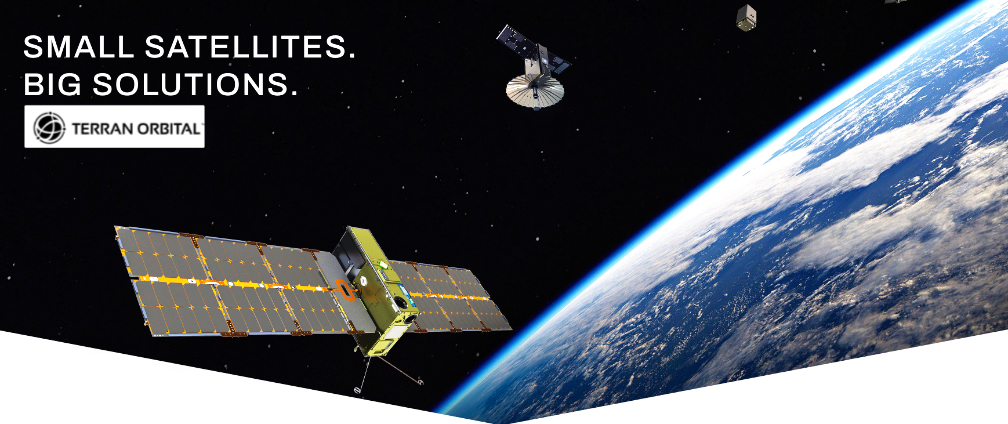
Tailwind Two Acquisition Corp. (NYSE: TWNT) (“Tailwind Two”) has completed their business combination with Terran Orbital Corporation (“Terran Orbital”).
In connection with the completion of the business combination, Tailwind Two has been renamed Terran Orbital Corporation (the “Company”) and its common stock and warrants are expected to commence trading on the New York Stock Exchange on March 28, 2022 under the ticker symbols “LLAP” and “LLAP WS,” respectively.
“We are pleased to have completed our business combination with Terran Orbital as they bring their market leading, innovative small satellites and earth observation solutions to scale,” said Phillip Krim, Chairman of Tailwind Two. “Marc Bell and his team have a significant technological moat, supported by expected build rates of over 1,000 satellites and space vehicles annually as data demands from governments and corporations accelerate over the next decade. We look forward to continuing to work with the entire Terran Orbital team in the years ahead.”
“We are well-positioned to accelerate our growth strategy as a result of this business combination,” said Marc Bell, Co-Founder, Chairman and CEO of Terran Orbital. “The capital raised through this transaction along with our new access to the public markets will enable us to continue to expand upon our manufacturing capabilities and launch one of the most advanced earth observation constellations of small satellites on the planet.”







